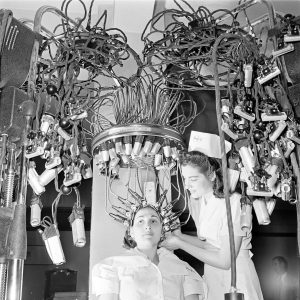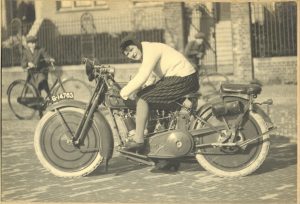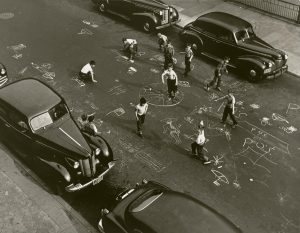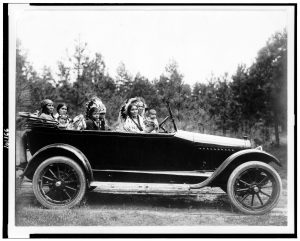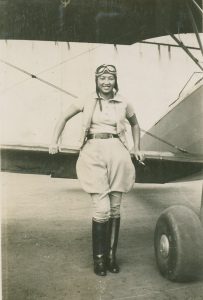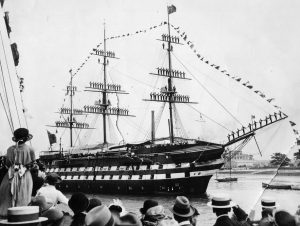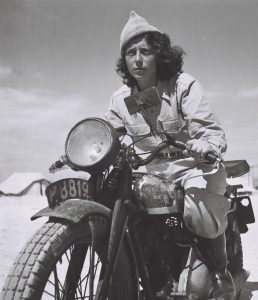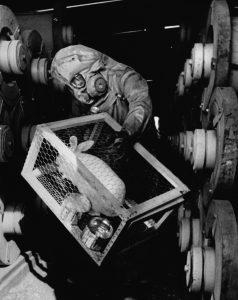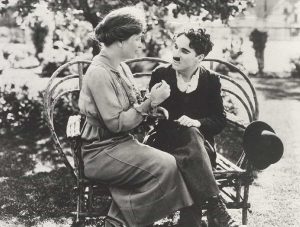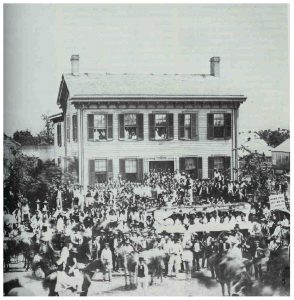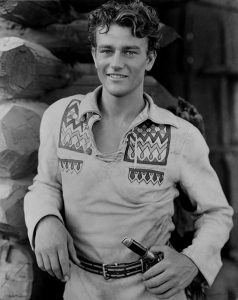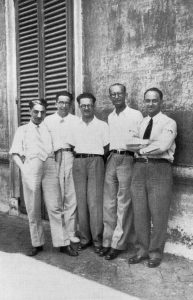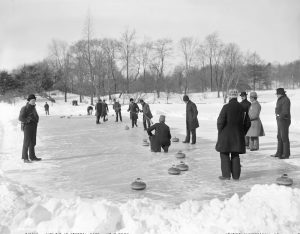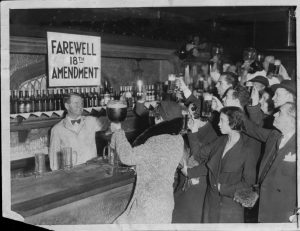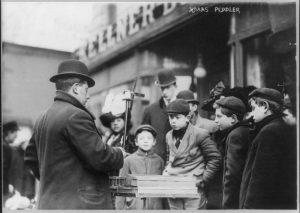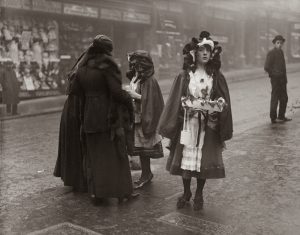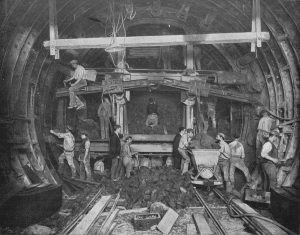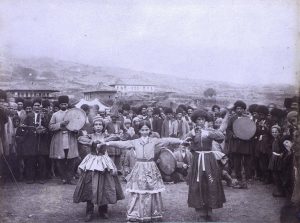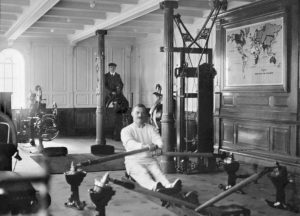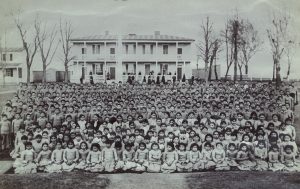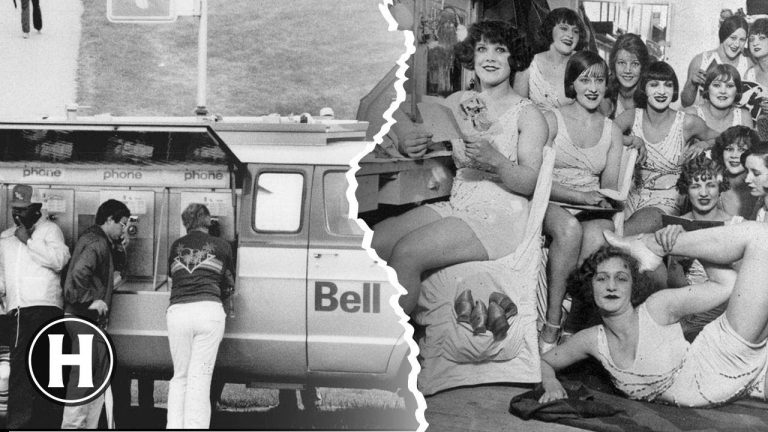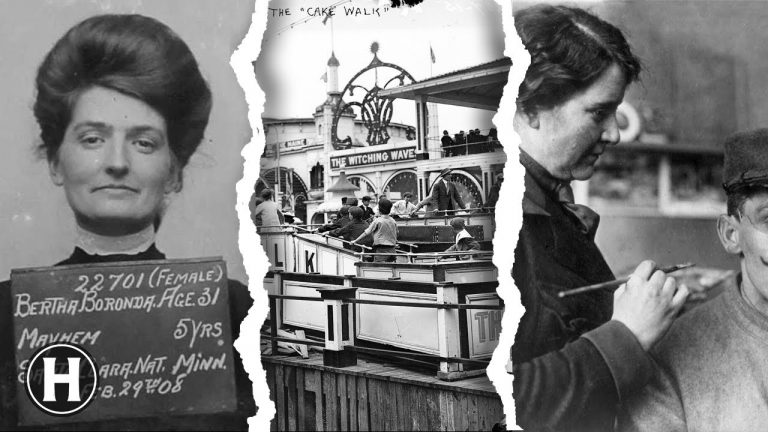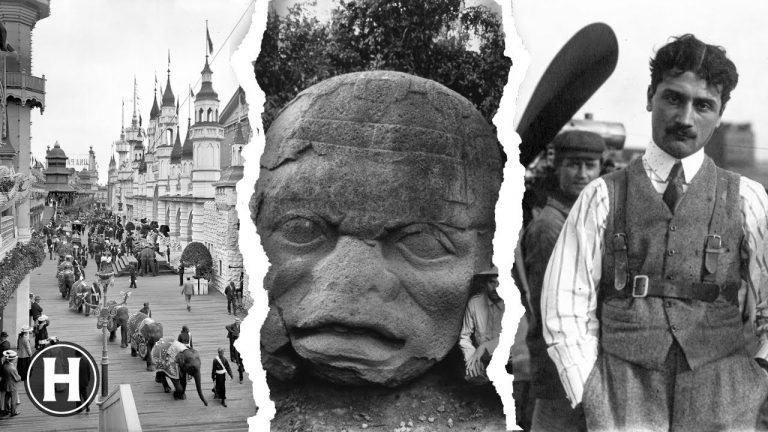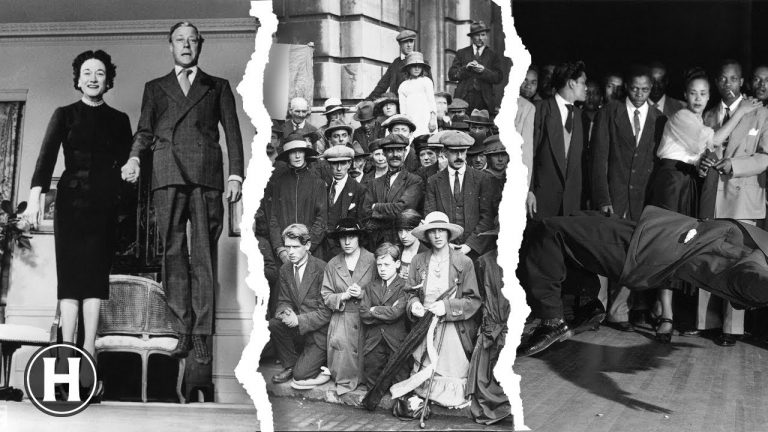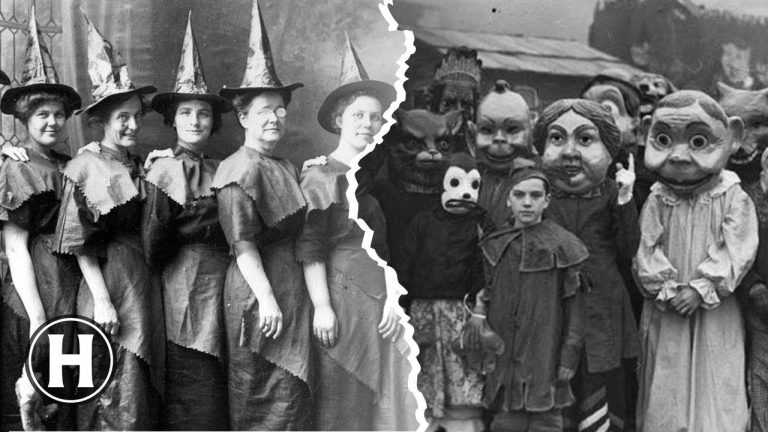Experience a captivating chronological photo journey, spanning from the 1890s to 1970, celebrating significant moments and unsung heroes in history.
Woman in Curlers (1940)
In the 1940s, beauty schools capitalized on women’s desire for glamorous Hollywood-style permanent waves, involving hours-long treatments with hair set in bulky, heated metal curlers, reflecting the era’s beauty trends and technological advancements in hair-styling.
Harley-Davidson Lady (1920s)
In the 1920s, the image of a woman on a Harley-Davidson Sport 20-J disrupted societal norms, symbolizing a shift towards equal mobility and freedom for women, a daring embrace of technology and assertiveness amidst a transformative era.
Chalk Games NYC (1950)
Chalk games were a popular form of street entertainment for kids in 1950s New York City. With simple chalk, they created imaginative games like hopscotch and skelly, transforming the city’s concrete jungle into a playful, communal canvas.
Wildshoe Family (1916)
In 1916, Phillip Wildshoe, a Coeur D’Alene tribe member, defied stereotypes by owning a Chalmers automobile, signifying their active engagement with and adaptation to rapidly evolving technology in the early 20th century.
Hazel Ying Lee (1932)
Hazel Ying Lee was amongst the first Chinese-American female aviators and a distinguished pilot in the Women Airforce Service Pilots during World War II (1932).
Worcester Cadets (1890s)
In 1890s, Navy cadets at the Thames Nautical Training College, H.M.S. “Worcester”, showcased their maritime skills on the Thames’ final Challenge Cup day. This was a remarkable event of naval discipline, camaraderie, and competition.
Drora Harehuveni (1948)
Drora Harehuveni was a female dispatch rider for the Haganah, pre-state Israel’s underground defense organization, in 1948. Defying traditional gender roles, she demonstrated bravery and strength during the critical nation-building period.
Rabbit Leak Check (1970)
In 1970, at the Rocky Mountain Arsenal in Commerce City, Colorado, rabbits were surprisingly used to detect any leaks from the Sarin nerve gas production unit, emphasizing uniquely old-school yet effective bio-safety measures.
Keller Teaches Chaplin (1918)
In 1918, despite her own blindness and deafness, Helen Keller taught silent film star Charlie Chaplin the manual alphabet, showcasing her impressive ability to communicate and highlighting Chaplin’s openness to unorthodox forms of expression.
Lincoln’s 1860 Rally
Abraham Lincoln’s Springfield house served as a political epicenter during the 1860 presidential campaign. His towering figure, often seen on the front porch, symbolized hope and reassurance for his supporters gathered around the house.
John Wayne at 23 (1930)
In 1930, at just 23 years old, John Wayne made his breakout role in Raoul Walsh’s “The Big Trail”, a film shot on a then-unprecedented wide angle format, marking his initial rise in Hollywood stardom.
1934 Science Pioneers (1934)
In 1934, the ‘Via Panisperna boys’, were noted at Rome University’s Physics Institute. Among them were chemist Oscar D’Agostino, physicists Emilio Segrè, who won a Nobel Prize in physics in 1959, Edoard Amaldi, Franco Rasetti, and Enrico Fermi, who secured his Nobel Prize in physics in 1938.
Central Park Curling (1900s)
Curling, an ice sport with Scottish origins, gained popularity in New York’s Central Park during 1900s. The park’s icy lakes became impromptu rinks for this strategic and social game, reflecting the city’s deep ties with immigrant traditions.
Farewell 18th Amendment (1933)
“Farewell 18th Amendment” in St. Louis, 1933, marks the celebration of the repeal of Prohibition, an era when selling alcohol was illegal in the US. It symbolizes the city’s historic love for beer-making and breweries.
Peddler’s Christmas (1910)
In 1910, Christmas peddlers in NYC were integral to holiday festivities, offering diverse items like handcrafted toys and decorations, often immigrants seeking prosperity, they spiced-up the metropolis’ streets with their foreign heritage and colorful merchandise.
Shamrock Girls (1916)
In 1916, amidst political turbulence in Dublin, girls selling shamrocks provided a symbol of Irish identity and normality, embodying resilience and cultural pride in a city on the brink of the defining Easter Rising rebellion.
London Dig, Railway (1903)
The excavation for the Great Northern and City Railway in 1903 involved digging impressive 16.75 miles of tunnels manually, making it a pivotal project in the history of London’s underground railway system.
Talysh Dances (1933)
In 1933, the Talysh people of Iran showcased their cultural heritage through unique dances, characterized by energetic footwork and rhythmic movements, reflecting their ancient traditions and strong sense of community.
Titanic Gym Rowing (1912)
The luxurious RMS Titanic even offered premium workout equipment in 1912, including a rowing machine, demonstrating the ship’s commitment to health and fitness, even in unprecedented grandeur and opulence.

